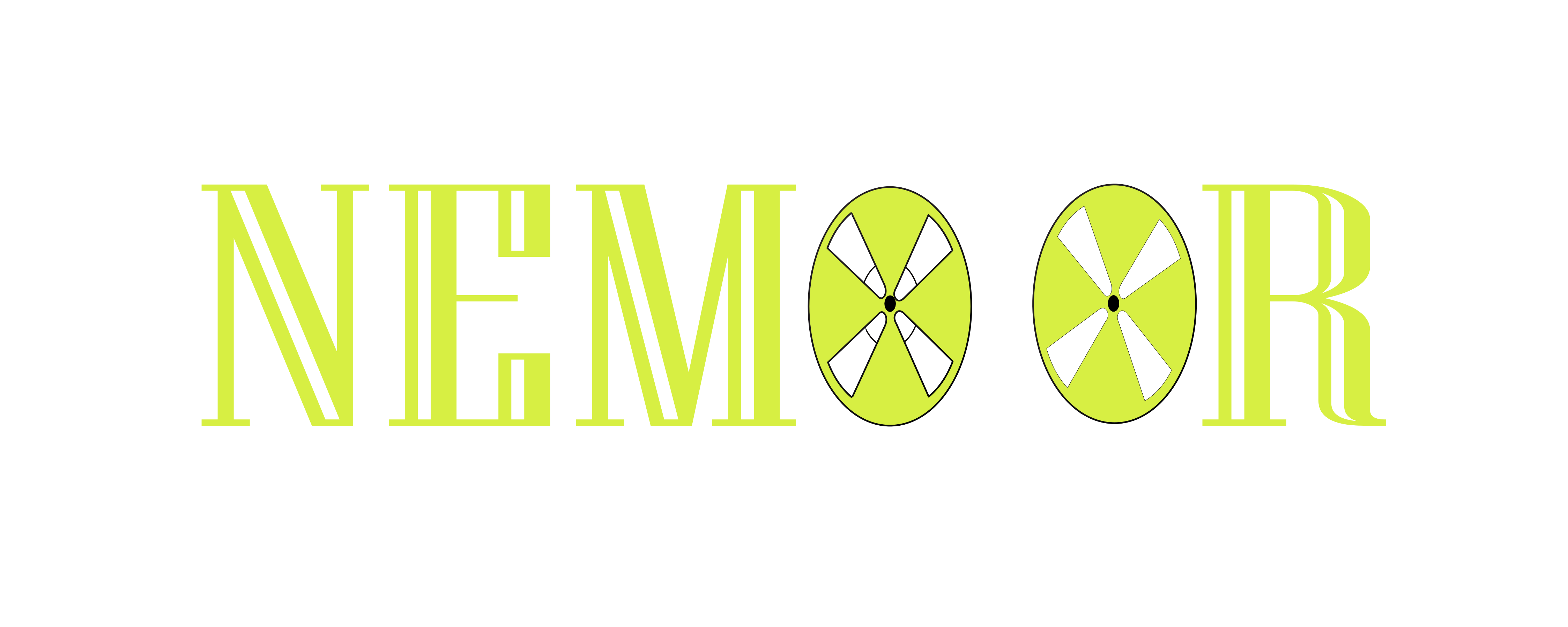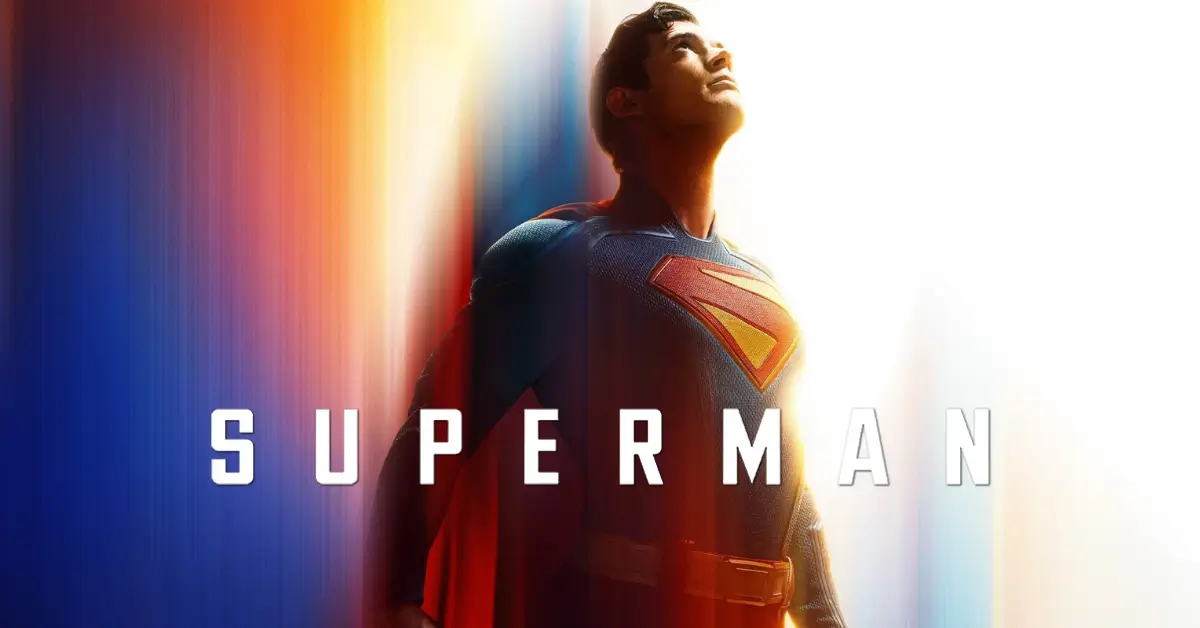Superman 2025: Identity, Duality, and the Mental Health Journey of DC’s Most Iconic Hero
In the crowded landscape of superhero films, few characters carry the cultural weight and emotional resonance of Superman. James Gunn’s upcoming “Superman 2025” promises to reinvent the Man of Steel for modern audiences while retaining the core values that have made this character endure for nearly a century. Beyond the cape and heroics, this new film appears poised to explore profound questions of identity, belonging, and the psychological burden of living between two worlds themes that resonate deeply with mental health discussions in contemporary society.
Thank you for reading this post, don't forget to subscribe!Basic Film Information
Title: Superman 2025
Release Date & Production Year: July 11, 2025
Director: James Gunn, whose work on the “Guardians of the Galaxy” trilogy demonstrated his unique ability to balance humor, heart, and spectacle while exploring themes of found family and personal identity.
Screenwriter: James Gunn, bringing his distinctive voice and character-driven approach to the DC Universe.
Main Cast & Characters:
- David Corenswet as Clark Kent/Superman, a Kryptonian raised on Earth who struggles to reconcile his alien heritage with his human upbringing
- Rachel Brosnahan as Lois Lane, the tenacious Daily Planet reporter and Clark’s colleague
- Nicholas Hoult as Lex Luthor, the brilliant but ruthless CEO of LuthorCorp
- Edi Gathegi as Michael Holt/Mister Terrific, a genius inventor and superhero
- Anthony Carrigan as Rex Mason/Metamorpho, an archaeologist transformed into an element-transmuting hero
- Nathan Fillion as Guy Gardner/Green Lantern, the brash and abrasive member of the Green Lantern Corps
- Isabela Merced as Kendra Saunders/Hawkgirl, a fierce warrior with ancient connections
Genre: Superhero, Action, Adventure
Awards: As the film has yet to be released, no awards have been announced
Runtime & Rating: Not yet disclosed
Plot Summary
“Superman 2025” centers on Clark Kent’s ongoing journey to harmonize his Kryptonian origins with his human upbringing in Smallville, Kansas. In a cynical modern world that often views kindness as quaint or naive, Superman stands as a beacon of hope, truth, and justice values instilled in him by Jonathan and Martha Kent but tested by the complexities of contemporary society.
While specific plot details remain under wraps, early discussions suggest the film will explore Clark’s internal struggles with identity more deeply than previous incarnations. The fundamental question at the heart of Superman has always been one that resonates with mental health themes: How does one integrate seemingly contradictory aspects of oneself into a cohesive identity?
For Clark Kent/Superman, this duality is literal he is both human and alien, both ordinary and extraordinary. This struggle serves as a powerful metaphor for the universal human experience of reconciling different aspects of our identities, a challenge particularly resonant for those navigating mental health conditions, cultural identities, or significant life transitions.
Key turning points in the narrative are expected to focus on moments where Clark must choose between aspects of his heritage or find a way to honor both simultaneously. These decision points likely serve as emotional anchors for the film, highlighting the psychological weight of living between worlds.
Setting & Cinematic Techniques
The film’s diverse shooting locations including Cleveland, Ohio (standing in for Metropolis), and the remote Arctic landscapes of Svalbard, Norway (potentially representing Superman’s Fortress of Solitude) create visual contrasts that mirror the protagonist’s dual nature. These settings physically manifest the different aspects of Superman’s identity: the bustling urban environment where he works as Clark Kent and the isolated otherworldly spaces that connect him to his Kryptonian heritage.
James Gunn’s directorial approach aims to blend classic Superman iconography with modern visual styling. Early production notes suggest a color palette that evolves throughout the film, with vibrant, hopeful tones for sequences showcasing Superman’s heroism and more subdued, naturalistic lighting for Clark Kent’s personal moments a visual language that subtly reinforces the character’s dual existence.
The film’s score notably features a reimagined version of John Williams’ iconic “Superman March,” creating a sonic bridge between cinematic past and present. This musical choice reflects the film’s broader approach: honoring Superman’s legacy while bringing fresh perspective to the character’s internal struggles.
Acting & Character Portrayal
David Corenswet faces the formidable challenge of portraying both the godlike Superman and the relatable Clark Kent. The actor’s approach reportedly focuses on the psychological reality of navigating these identities not just as a disguise, but as genuine expressions of different aspects of the character’s authentic self.
Rachel Brosnahan’s Lois Lane serves as both a journalistic foil and emotional anchor for Clark/Superman. Their relationship is expected to explore themes of vulnerability and acceptance, with Lois representing the possibility of being truly seen and understood despite one’s complexities.
Nicholas Hoult’s casting as Lex Luthor suggests a reimagining of this classic villain as Superman’s intellectual equal but moral opposite someone who, unlike Clark, rejected the possibility of balancing ambition with compassion. This characterization creates a psychological mirror for Superman’s own internal conflicts.
Mental Health Representation: Strengths & Weaknesses
While “Superman” operates within the fantastical realm of superhero storytelling, its central premise a person struggling to integrate different aspects of identity offers rich ground for mental health metaphors. The film appears poised to explore themes that resonate with experiences of bicultural identity, code-switching, and the compartmentalization many employ to navigate different social contexts.
Superman’s efforts to maintain two separate identities while remaining true to his core values parallels the exhausting reality many face when managing public personas and private struggles. His journey toward integration and authenticity potentially offers a powerful narrative about psychological wholeness.
The superhero genre allows these mental health themes to be explored through visual metaphor and heightened storytelling. When Superman changes between his identities, we see physically what many experience psychologically the different faces we present to the world and the challenge of maintaining authenticity across these presentations.
However, the constraints of the genre may limit how deeply these themes can be explored. Without confirmation of mental health consultants during production, questions remain about how nuanced these portrayals will be. There’s always risk in using mental health themes metaphorically that the complexity of real psychological struggles might be oversimplified.
The film’s approach to Superman’s dual nature could either reinforce or challenge common misconceptions about identity disorders, depending on its execution. At its best, it might help destigmatize the universal human experience of containing multitudes; at worst, it could unintentionally trivialize genuine psychological challenges.
Critical Reception & Anticipation
Early trailers and production materials have generated significant buzz among critics and fans alike. Initial reactions highlight the film’s apparently hopeful tone a notable departure from some previous darker interpretations of DC characters and Gunn’s distinctive blend of character-driven storytelling with visual spectacle.
Critics familiar with Gunn’s previous work anticipate his ability to bring emotional depth to fantastical scenarios, potentially elevating the mental health themes beyond simple metaphor into meaningful character development.
The film’s approach to Superman’s internal conflicts has garnered particular attention from those interested in psychological narratives in popular culture. Early discussion forums speculate about how explicitly the film will frame Superman’s identity struggles in terms of mental health, with some hoping for direct acknowledgment of these parallels.
Cultural & Social Impact
Superman stands as one of the most recognizable cultural icons globally, giving this film unusual potential to influence public discourse around identity and mental health. By centering a narrative about integration of seemingly contradictory aspects of self, “Superman” could contribute meaningfully to normalizing conversations about identity complexity.
For younger viewers especially, seeing a character as powerful as Superman struggle with questions of belonging and authenticity may provide valuable modeling for their own identity development. The film’s apparent message that strength comes not from denying parts of oneself but from integrating them offers a positive framework for thinking about personal growth.
Within superhero cinema specifically, “Superman” appears positioned to continue a trend toward more psychologically complex characterizations that began with films like “The Dark Knight” and evolved through more recent entries like “The Batman.” This evolution suggests growing audience appetite for superhero stories that reflect genuine human struggles rather than simple power fantasies.
Personal Reflection & Final Thoughts
Based on available information, “Superman” presents a promising opportunity to witness one of popular culture’s most enduring characters wrestle with profoundly relatable psychological challenges. The film’s apparent focus on identity integration speaks to universal human experiences while potentially offering specific resonance for those navigating mental health conditions, multicultural identities, or major life transitions.
For viewers who have experienced the exhaustion of maintaining different versions of themselves across various contexts, Superman’s journey may provide both recognition and hope acknowledgment of how difficult this balancing act can be, coupled with affirmation that integration is possible.
The film could potentially strengthen its mental health themes by making these parallels more explicit or by confirming consultation with psychological experts during production. Nevertheless, its willingness to center these themes at all marks positive evolution in how superhero narratives approach complex psychological territory.
Conclusion
James Gunn’s “Superman” arrives at a cultural moment when discussions about mental health and authentic identity have never been more prevalent. By reimagining the Man of Steel’s iconic dual identity as a psychological journey rather than just a plot device, the film has the potential to contribute meaningfully to these discussions while delivering the spectacle and inspiration audiences expect from superhero cinema.
The film’s exploration of how Clark Kent/Superman reconciles his human upbringing with his Kryptonian heritage offers a powerful metaphor for the universal challenge of integrating different aspects of identity. In this way, Superman’s extraordinary struggle reflects our ordinary one: finding wholeness amidst the different roles we play and worlds we inhabit.
As we anticipate this new interpretation of an iconic character, perhaps its greatest promise lies in showing that even Superman—the most powerful being in his fictional universe finds strength not in perfection but in the ongoing work of understanding and accepting all aspects of himself. In a world increasingly aware of mental health challenges, that message of integration and self-acceptance may be the most heroic one of all.
What are your thoughts on how superhero films can illuminate mental health themes? Do you think seeing characters like Superman navigate identity struggles helps normalize these conversations? Share your perspective in the comments below.

